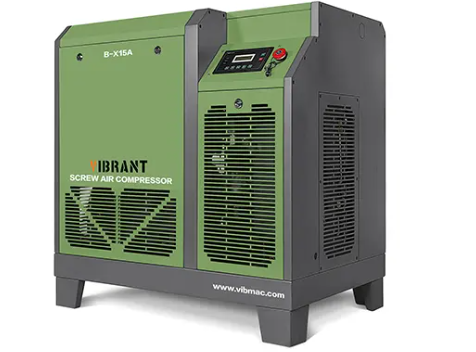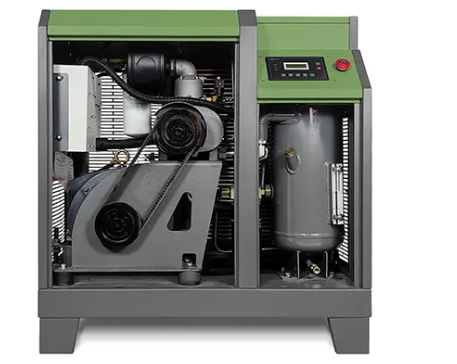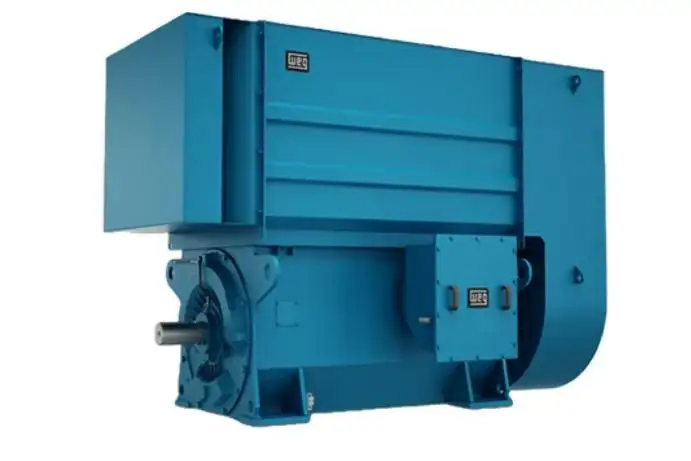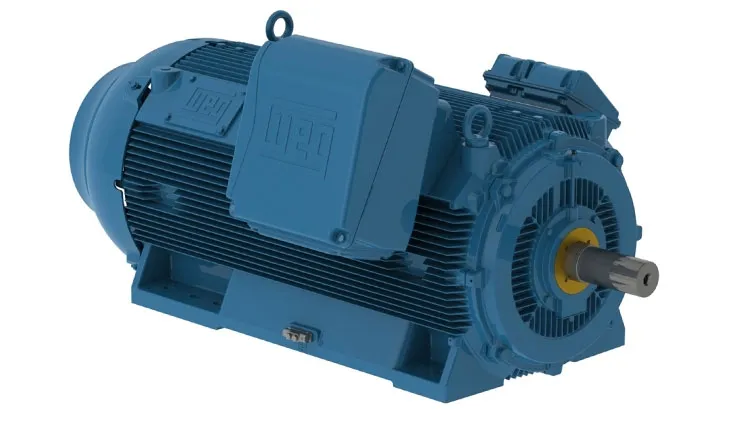The Ultimate Industrial Workhorse `
When a job site calls for raw power, rock-solid durability, and steady airflow, a heavy-duty belt-driven compressor steps up. Whether you're in an auto shop, a manufacturing plant, or on a busy build site, these machines provide a constant blast of high-pressure air that lighter models simply cannot sustain. This guide walks you through every aspect of Heavy-duty Belt Driven Air Compressor, explaining how they function and helping you pick the right unit for your workplace.
Why Heavy Duty Matters?
It describes a design ethic rooted in real working conditions. Such compressors are built to endure. They can run around the clock, meet punishing workloads, and survive the shocks that come with factory floors and job trailers. In contrast to hobby-grade machines, heavy-duty models offer:
• Sturdy Build: Usually cast-iron frames that shrug off vibration.
• Big Displacement: A larger piston sweep that moves more air per stroke.
• Higher Duty Cycle: Crafted to run for hours without cooling down or seizing.
• Premium Parts: Seals, bearings, and motors made to outlast everyday abuse.
That built-in toughness translates directly to uptime and lower repair bills, making it indispensable for anyone who depends on air tools to get the job done.
B-X15A: Compact Heavy-Duty Belt-Driven Air Compressor
The B-X15A belt-drive air compressor provides a robust, reliable air source for users who need power without the footprint of larger machines. Built for demanding settings from busy automotive shops to high-volume production lines belt-driven design operates quietly, allowing teams to work without intrusive noise.
- A rugged, high-efficiency motor powers the unit, delivering steady airflow for pneumatic tools and equipment essential to daily operations.
- With outside dimensions of just 14-1/2 inches wide by 8-1/2 inches deep by 7-1/2 inches high, the compressor slips easily into crowded benches and shelves and can be lifted to remote job sites with minimal effort.
- Its ability to run on multiple power voltages further broadens its appeal across shops and factories with differing electrical standards.
Whether you want a portable air supply that travels with a service van or a fixed station to feed assembly lines, the B-X15A proves that heavy-duty performance can also be compact, quiet, and dependable.
The Undeniable Benefits of Belt-Drive Technology
1. Extended Lifespan:
Because the pump spins at a lower rpm, friction, heat, and general wear are kept to a minimum, noticeably lengthening the service life of the machine as a whole. Picture the smooth, low-pitch whir of a well-balanced engine compared to the shrill, high-rev growl of an overworked motor; the former is simply built to outlast.

2. Quieter Operation:
Because belt-driven compressors run at lower speeds, they tend to generate less noise than their direct-drive cousins. Although the term heavy-duty does not promise total silence, the belt layout noticeably shrinks the sound envelope welcome relief in crowded workshops.
3. Easier Maintenance & Repair:
The rubber belt is a service item built for quick swap-out. Should the motor or the pump require work, those parts detach easily, so repairs are usually simpler and cheaper than the task of overhauling a sealed direct-drive unit.
4. Heat Dissipation:
The gap between the motor and pump permits free airflow, aiding heat loss. Better cooling guards against the overheating that frequently brings compressors to an early end.
5. Flexibility in Power:
A belt-driven setup lets operators match any motor to any pump, fine-tuning airflow (CFM) and pressure (PSI) to the task at hand.

Applications Where Compressors Shine
The adaptability of these units makes them vital in many demanding workplaces.
Automotive Repair Shops & Garages: Powering impact wrenches, tire changers, paint guns, lifts, and diagnostic tools. An automotive air compressor is the heart of any modern garage.
Manufacturing Facilities:
From robotic arms to pneumatic clamps and fast-moving assembly lines, that whole network rests on a single unseen backbone. Without steady, dry compressed air, productivity grinds to a halt.
Construction Sites:
Tasks like breaking concrete with jackhammers or driving nails with pneumatic guns need quick bursts of pressure. A fixed, belt-driven compressor serves as a main station, while smaller portable units let crews chase the job wherever it moves.
Fabrication & Welding Shops:
Air lets plasma cutters slice through metal, grinders polish edges, and welders perfect clean, steady beads.
Woodworking Shops:
Nail guns, sanders, and shop air hoses run steadily off the same reliable pressure.
Sandblasting Operations:
Costly media and labor disappear if the compressor can't keep sustained, high-pressure air on the nozzle. A purpose-built, heavy-duty machine for this work is not optional.
Choosing the Right Compressor
Picking the so-called best heavy-duty belt drive air compressor is not a search for a single perfect model; it is a mission to uncover the unit that suits your tasks.
1.Assess Your Air Needs:
oWrite a list of every tool you intend to run.
oCheck the CFM and PSI numbers for each item.
oAdd those figures together to find the peak air demand.
oNote the duty cycle: will the compressor run in bursts or keep pumping all day?
2.Compare Specifications:
oPick models that deliver your required CFM at the key pressure (90 PSI, 175 PSI, or whatever you need).
oChoose a tank size that matches your work rhythm and prevents constant cycling.
oSeek features such as a cast-iron pump and welded frames-those extra pounds often mean longer life.
3.Consider Power Source:
oElectric units are standard in shops; just verify the voltage (common three-phase levels are 208V, 230V, or 460V).
oGasoline models rule job sites far from outlets and need no special wiring.
4.Research Brands and Reviews:
oTurn to makers with proven reputations such as Ingersoll Rand, Quincy, or Campbell Hausfeld; their support networks tend to be deep.
oScan online reviews for insights on long-term reliability in real work environments.
oRead the fine print on warranties and check how easily parts and accessories can be sourced.
5.Budget vs. Value:
Although the sticker price matters, it is wiser to weigh long-term benefits. A sturdier, energy-saving compressor shields you from frequent repairs and high utility bills throughout its service life. In practice, the cost-versus-value calculation for air compressors usually tips toward better craftsmanship.
Conclusion
A heavy-duty belt-driven air compressor is more than an expense- it becomes the lifeblood of your industrial, automotive, or workshop task. With high CFM output, low-RPM operation, and rugged cast-iron cylinders, these machines provide steady airflow, quiet running, and years of dependable service. At VIBRANT we build high-performance compressors tough enough for the harshest settings. Explore our lineup, compare specifications, and select the ideal heavy-duty belt-driven model for your operation today.









